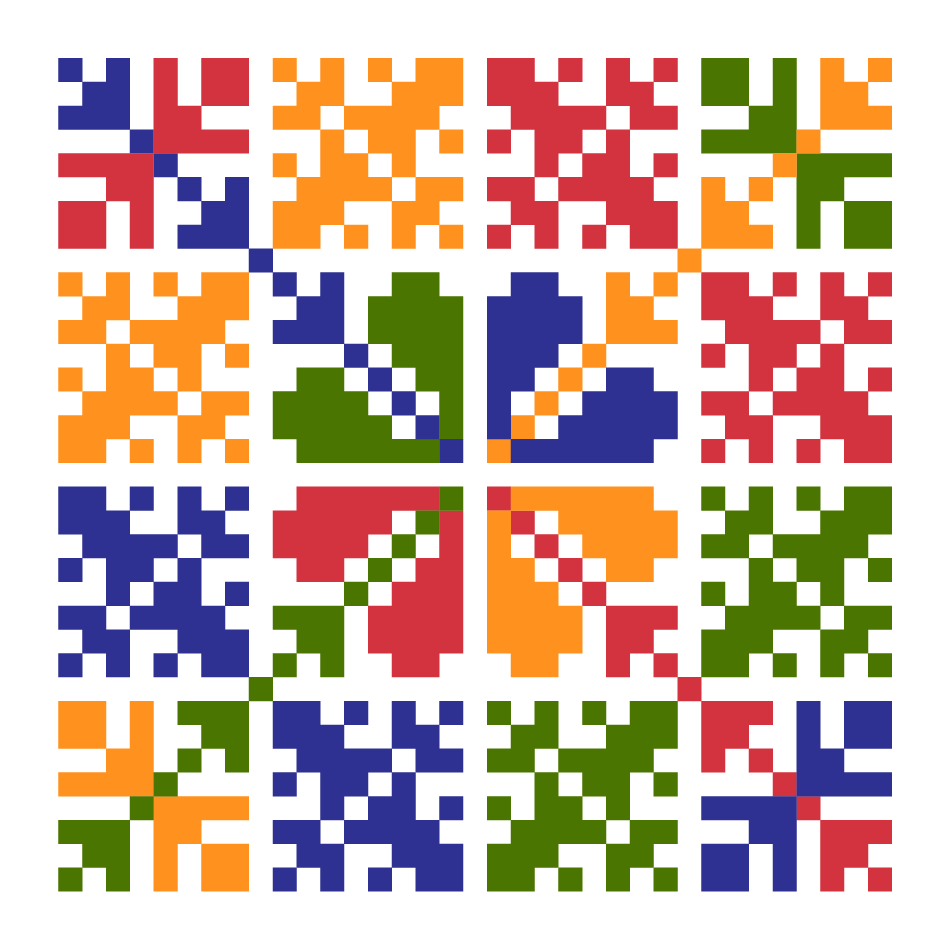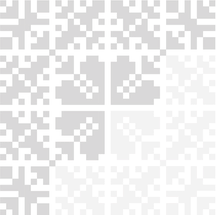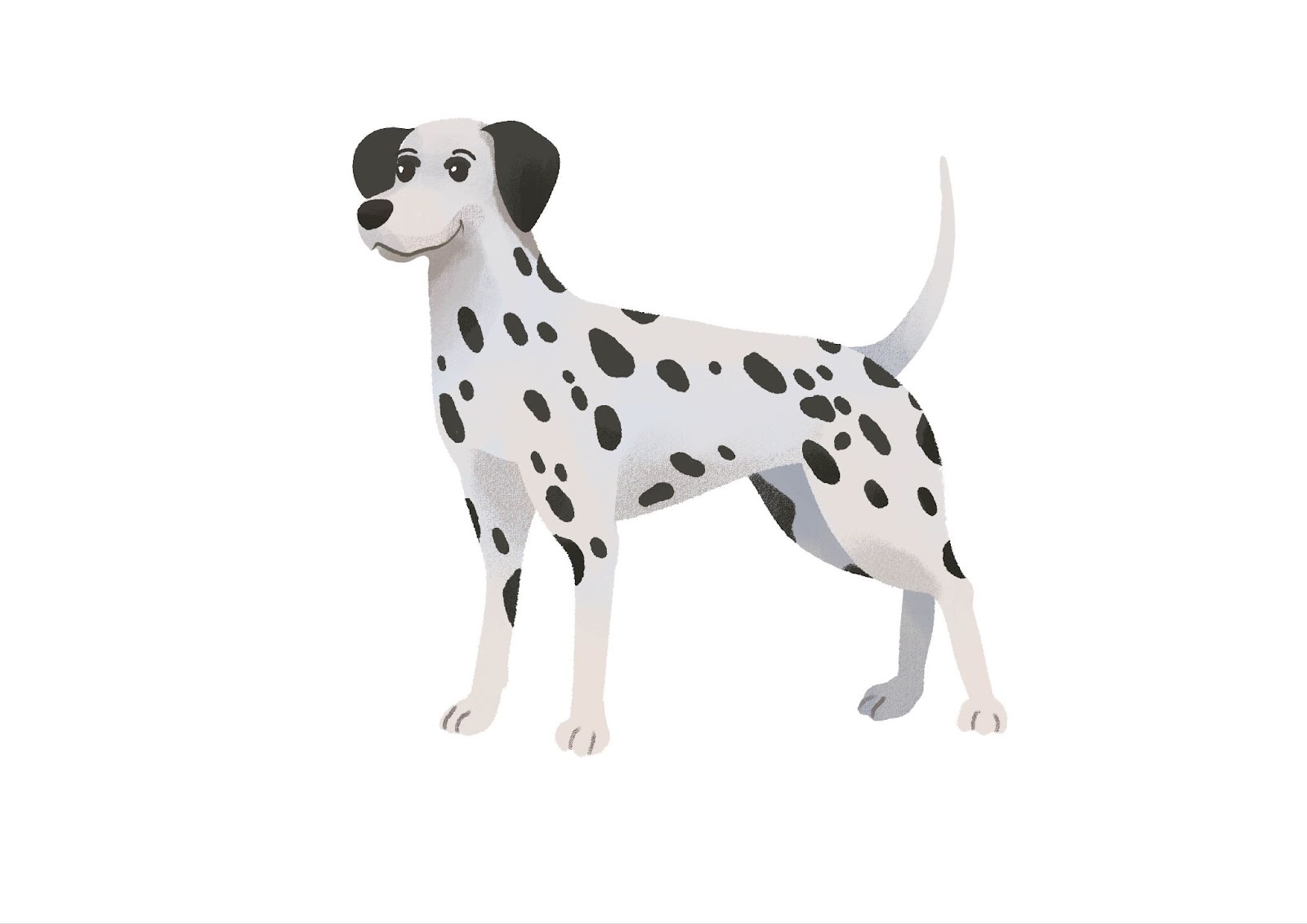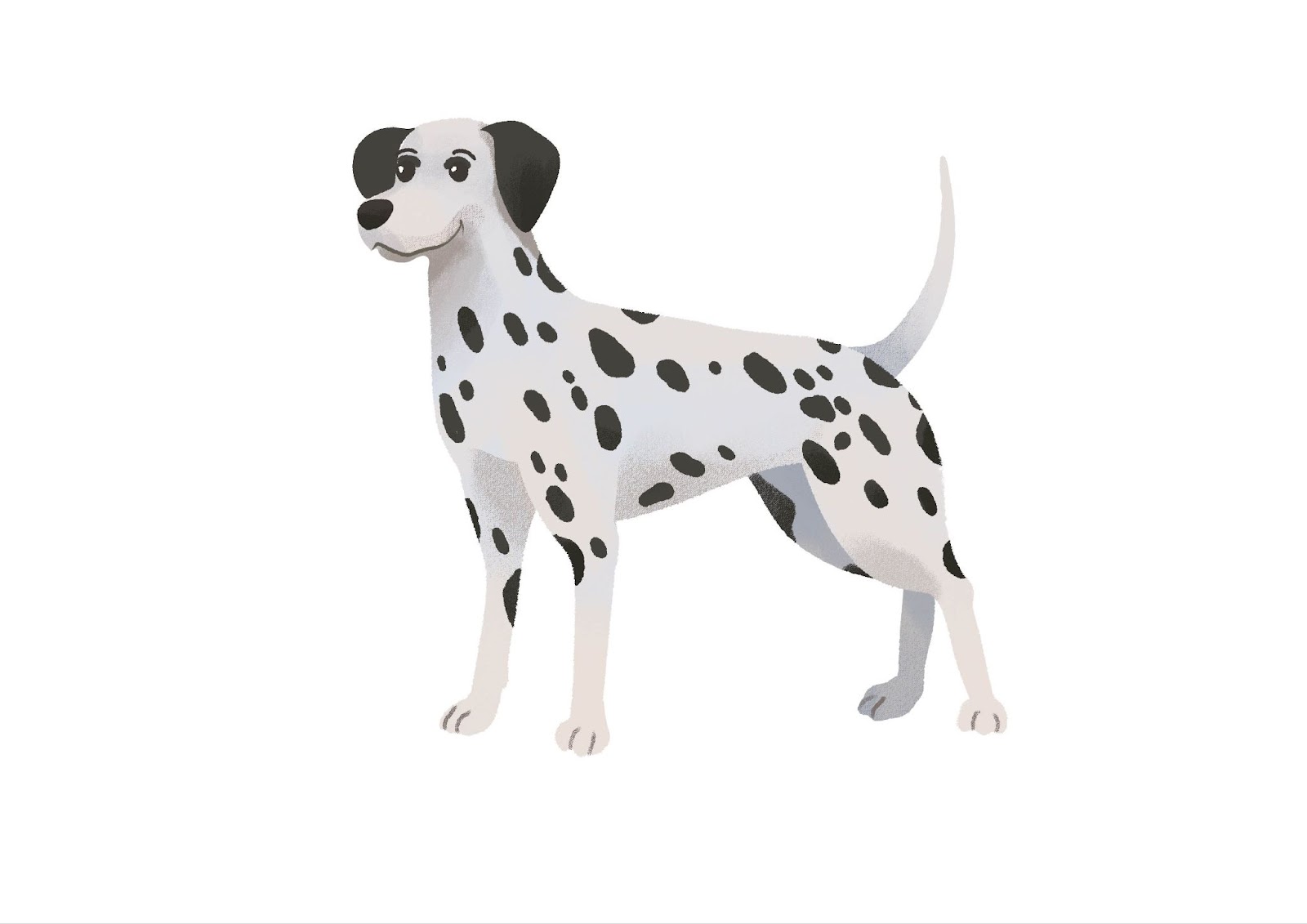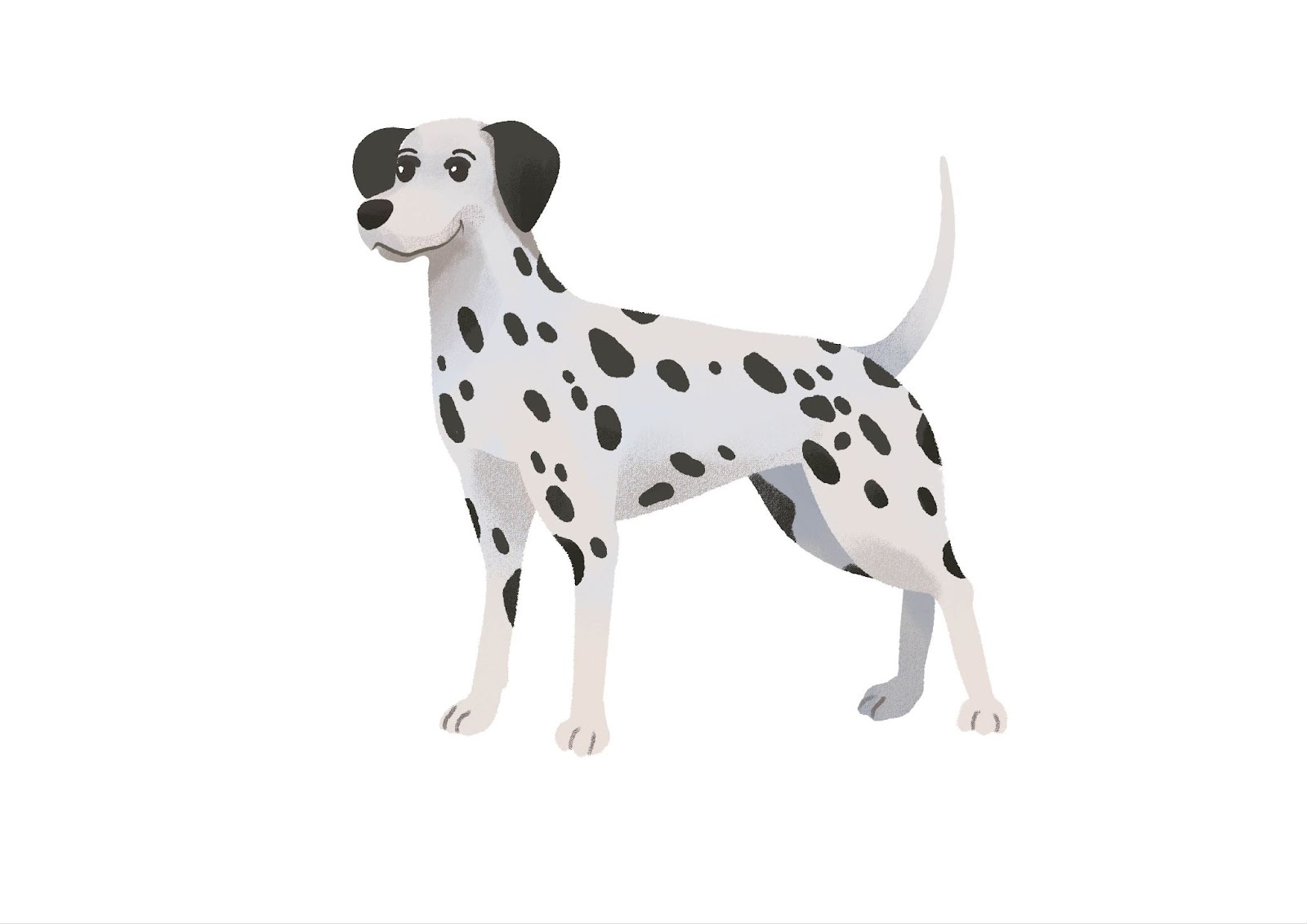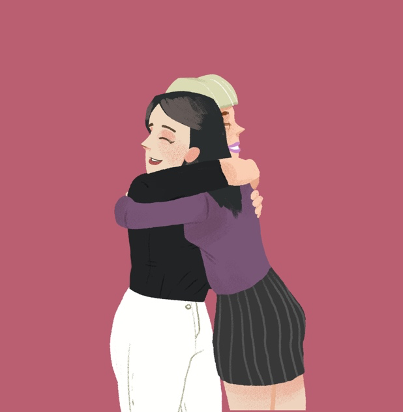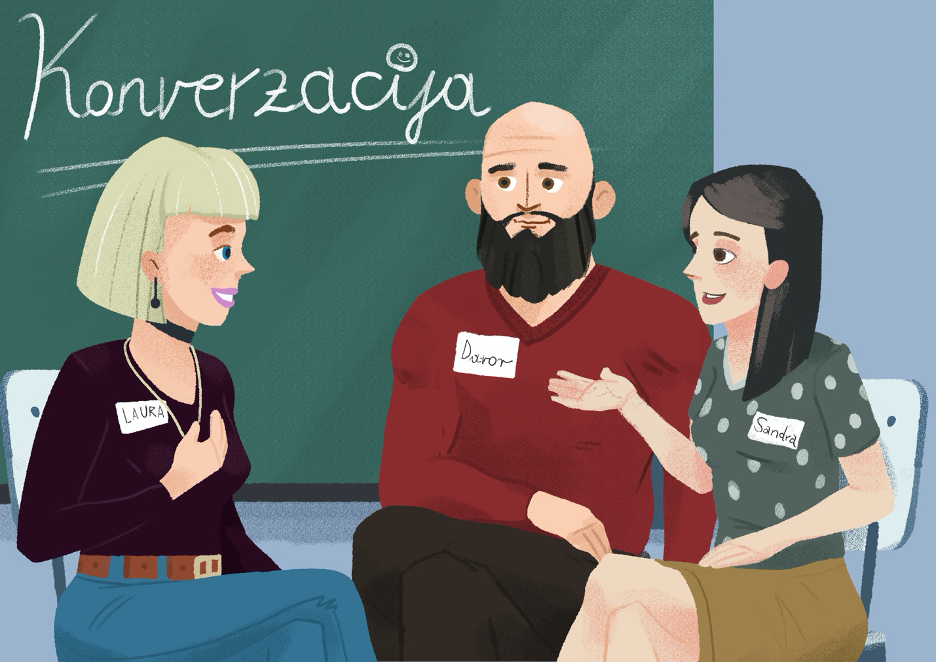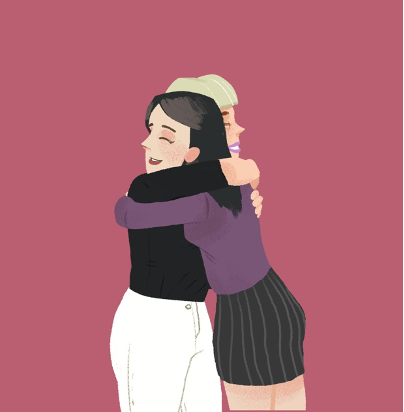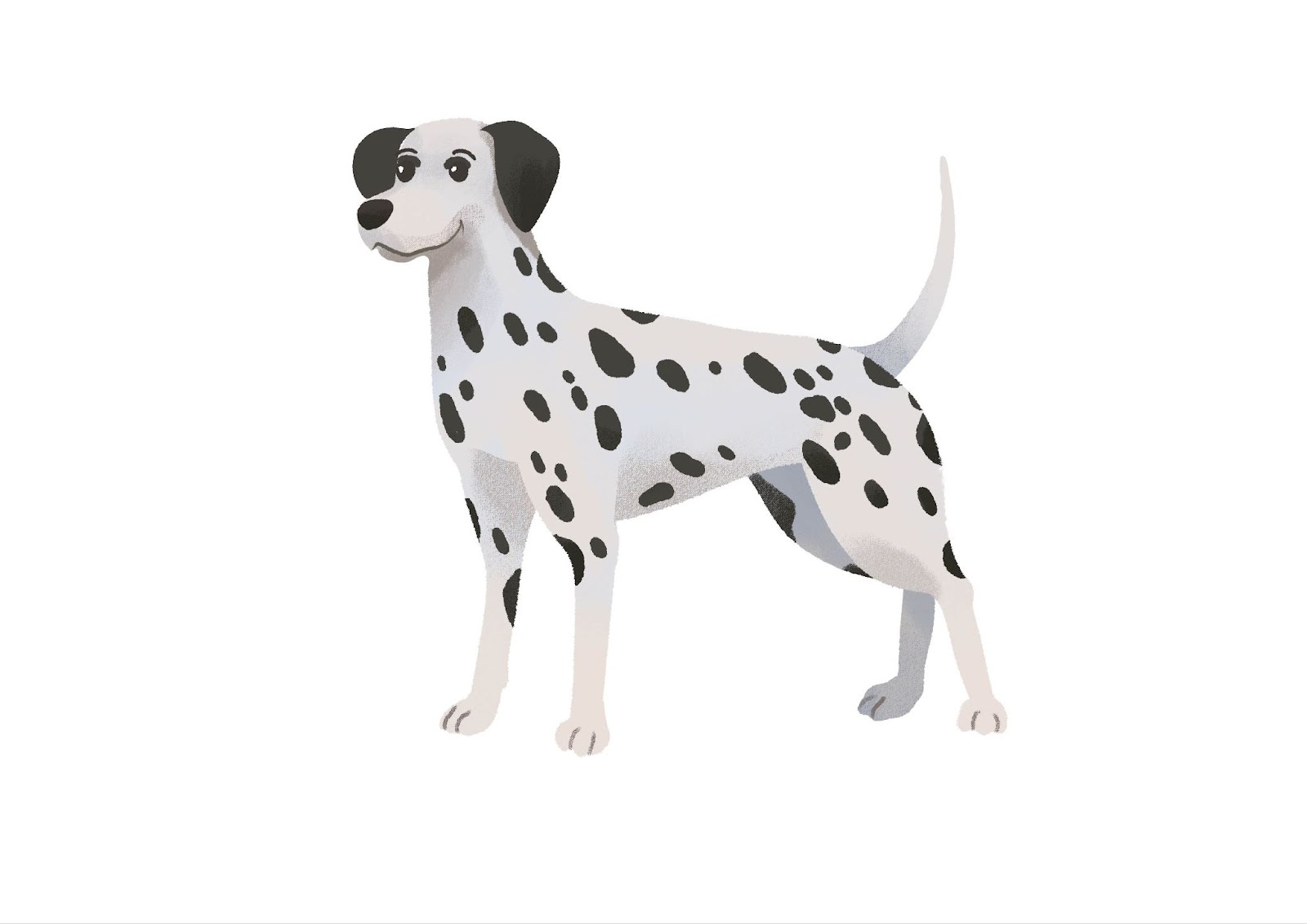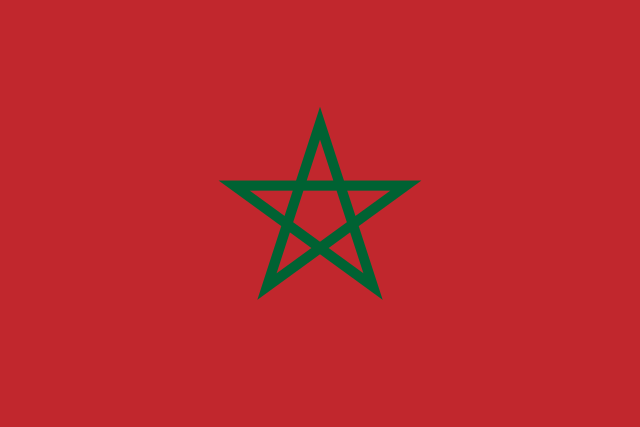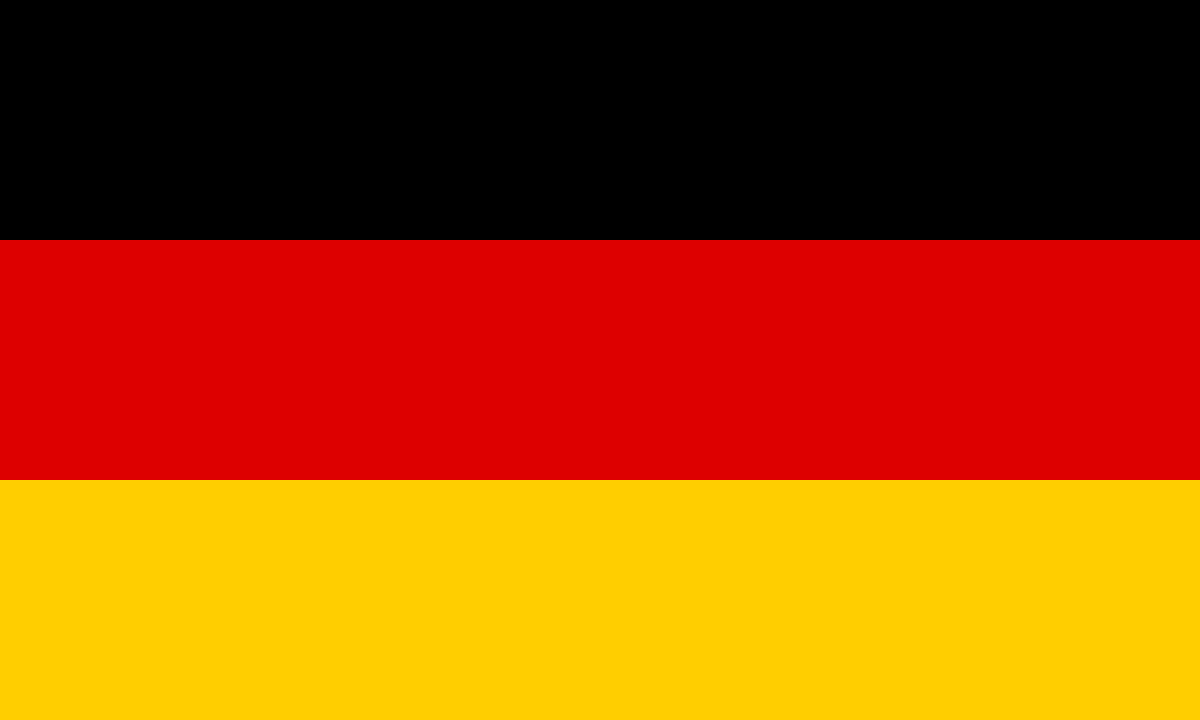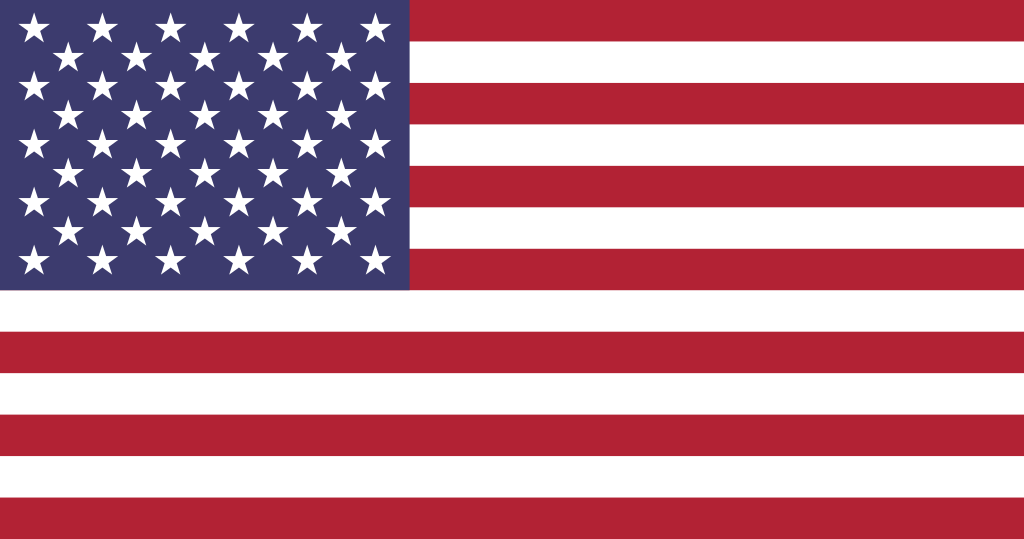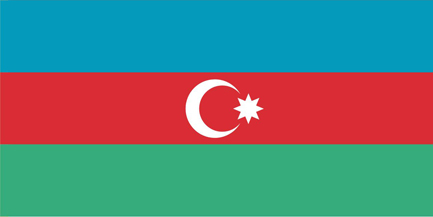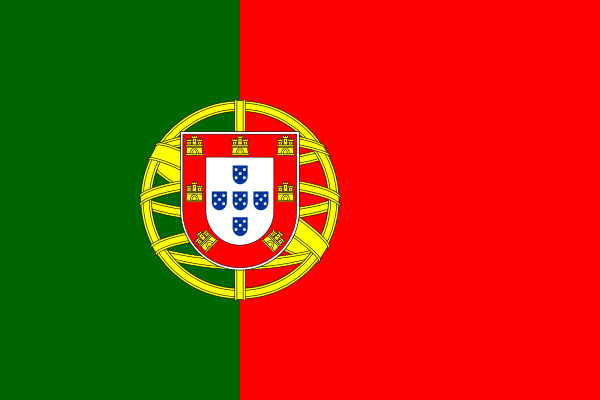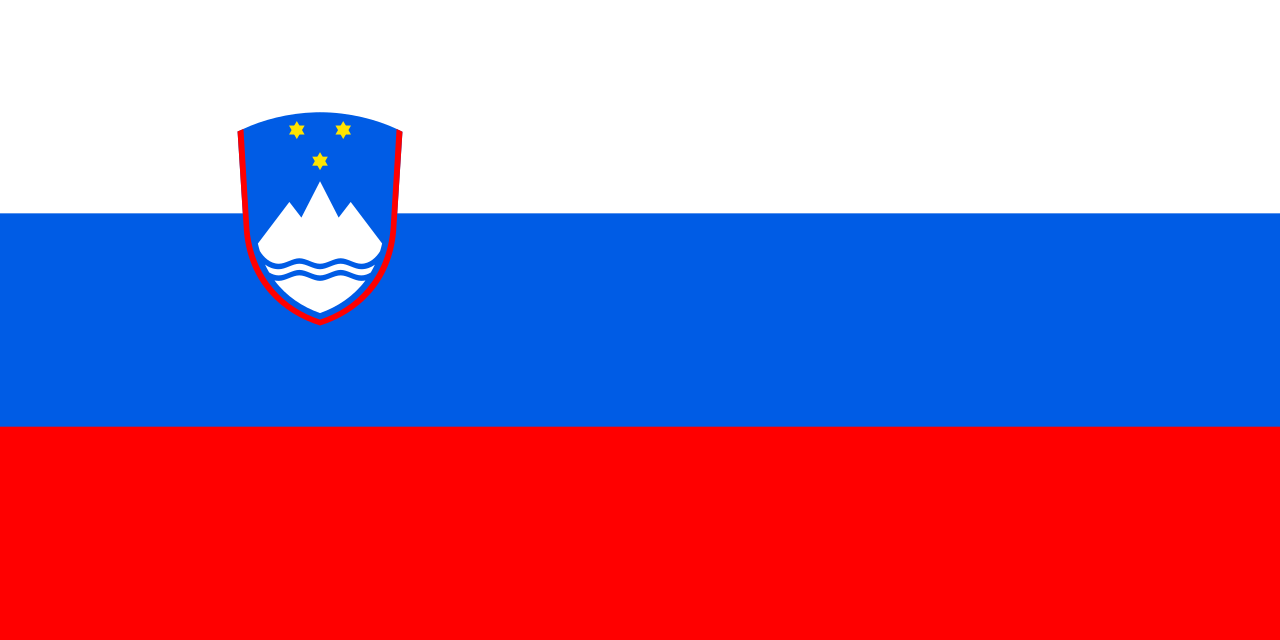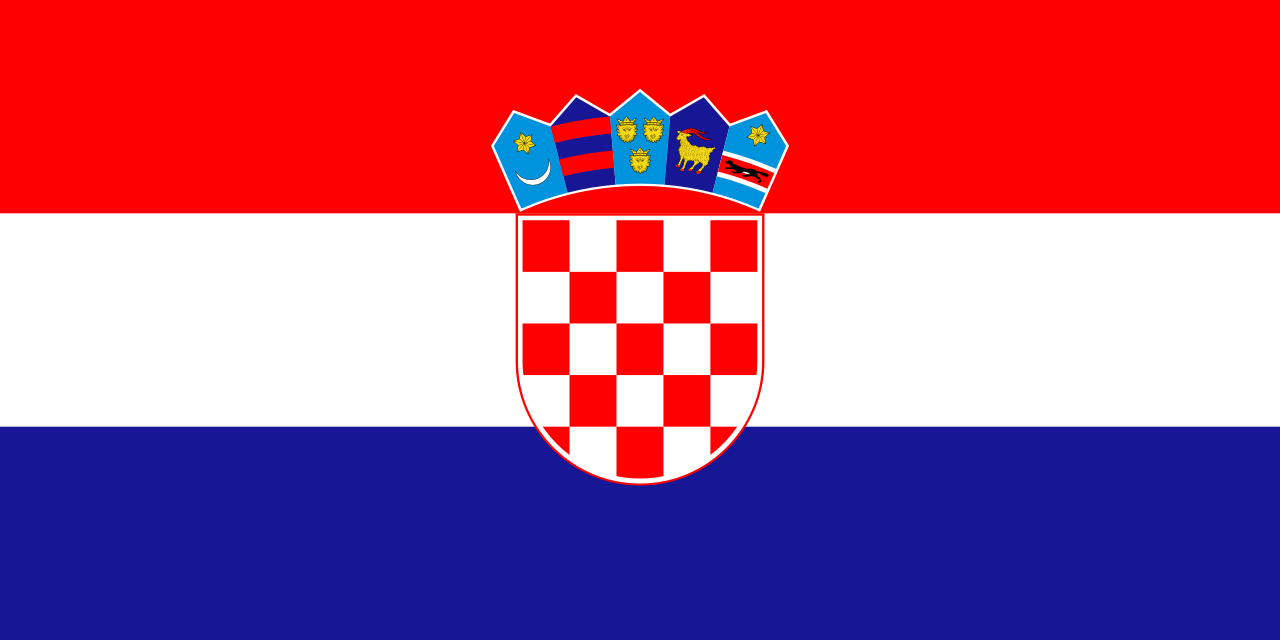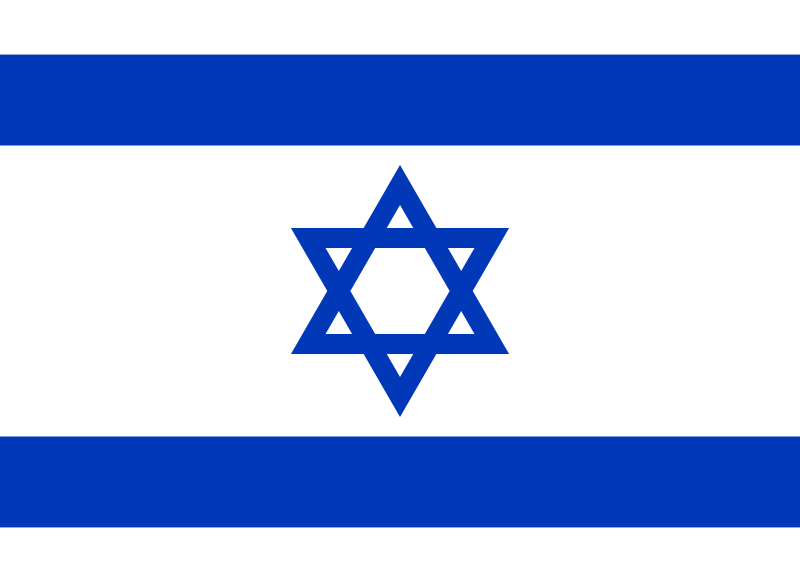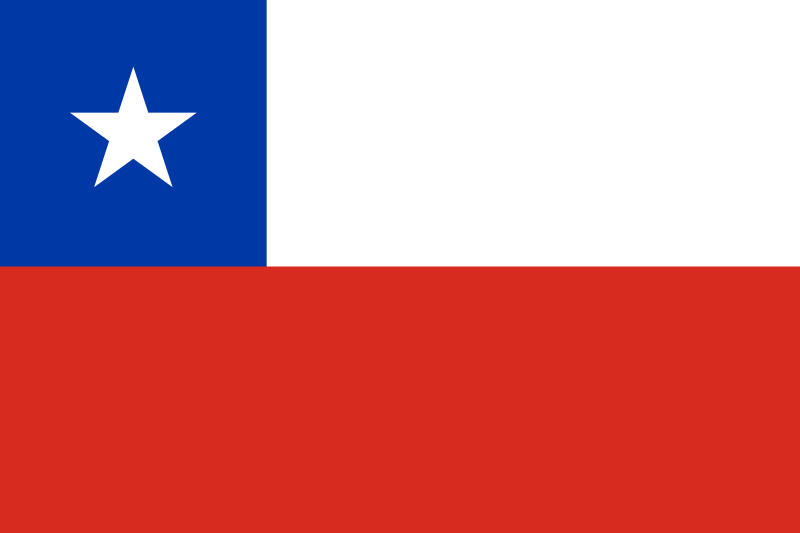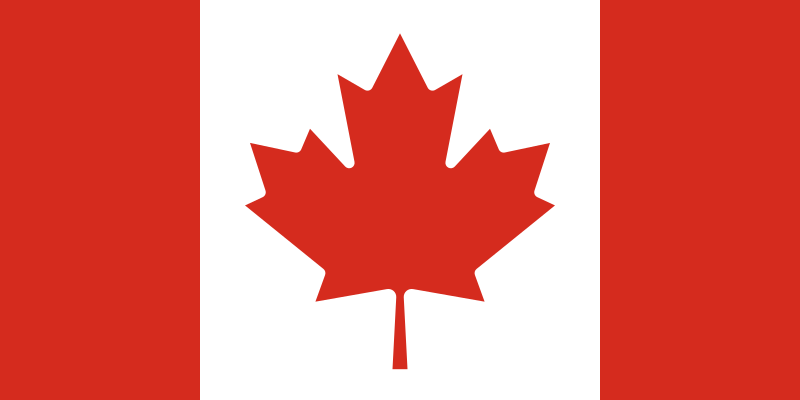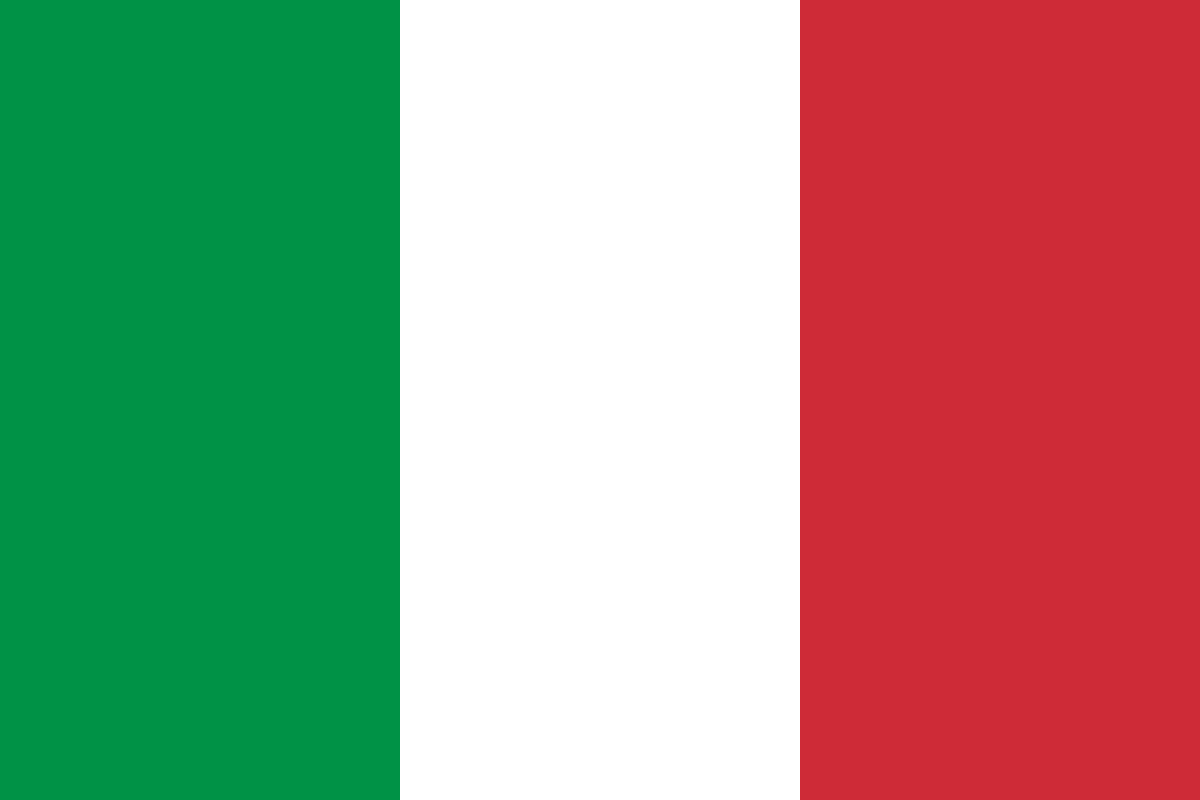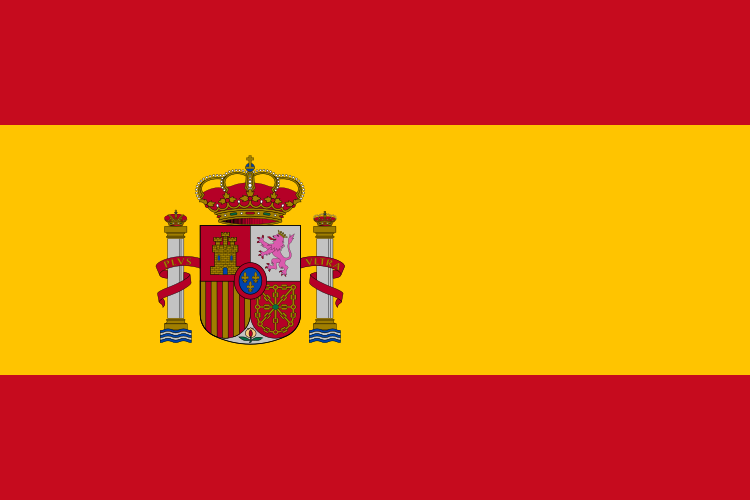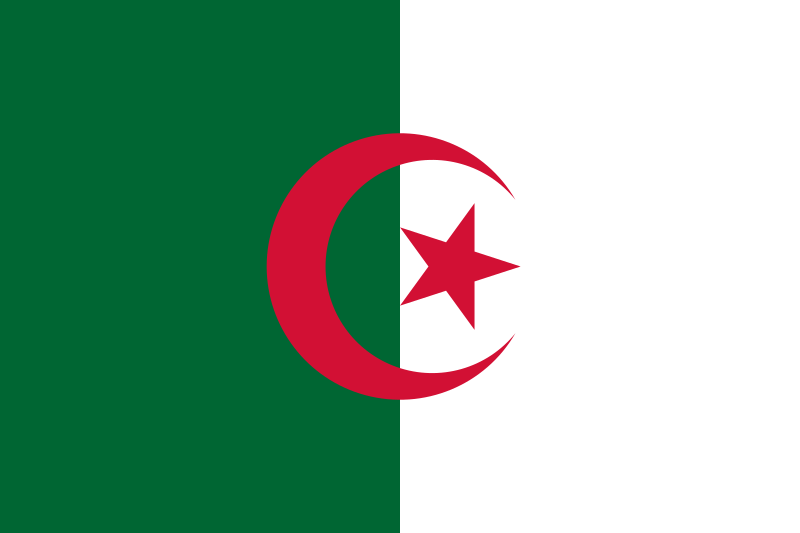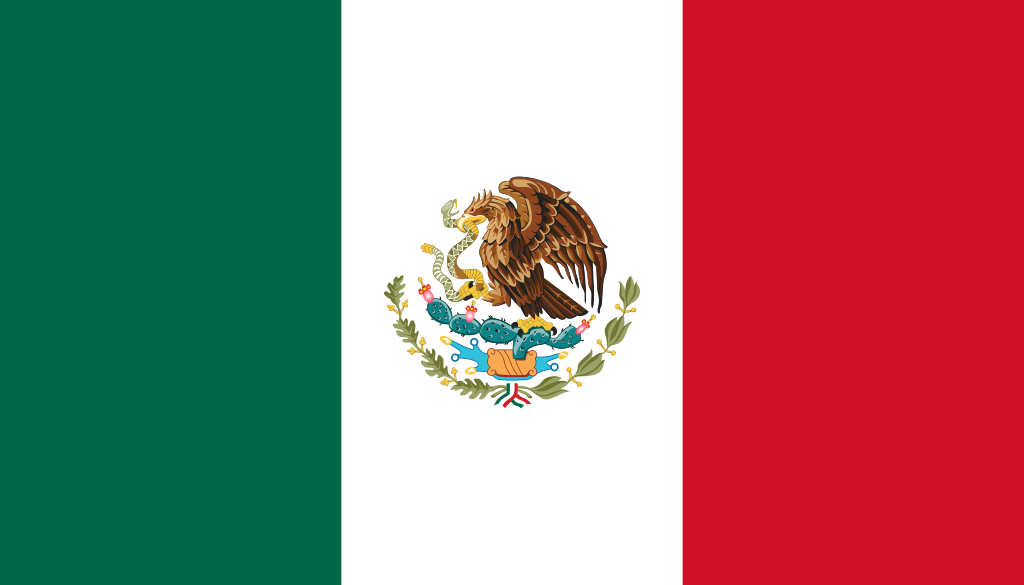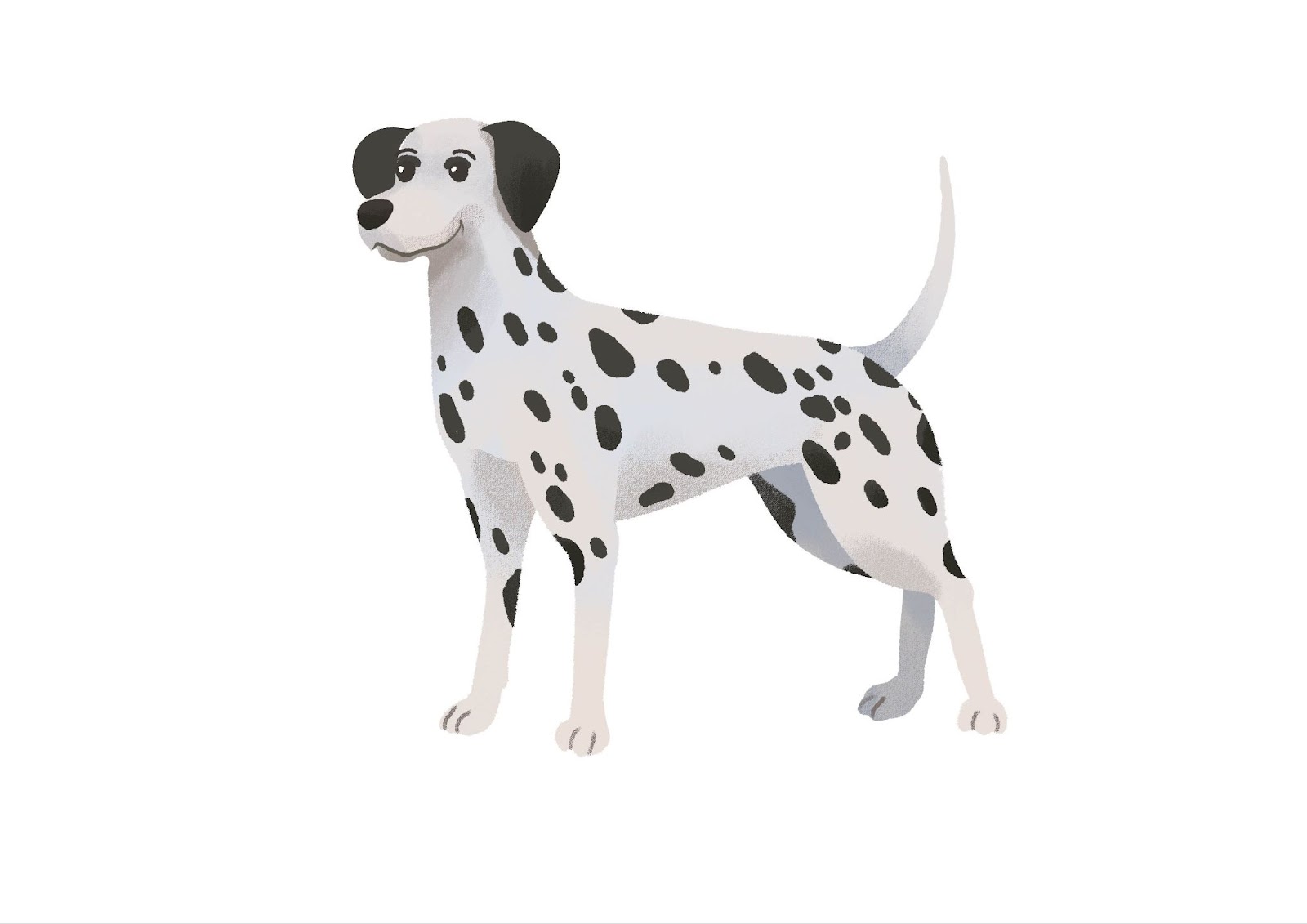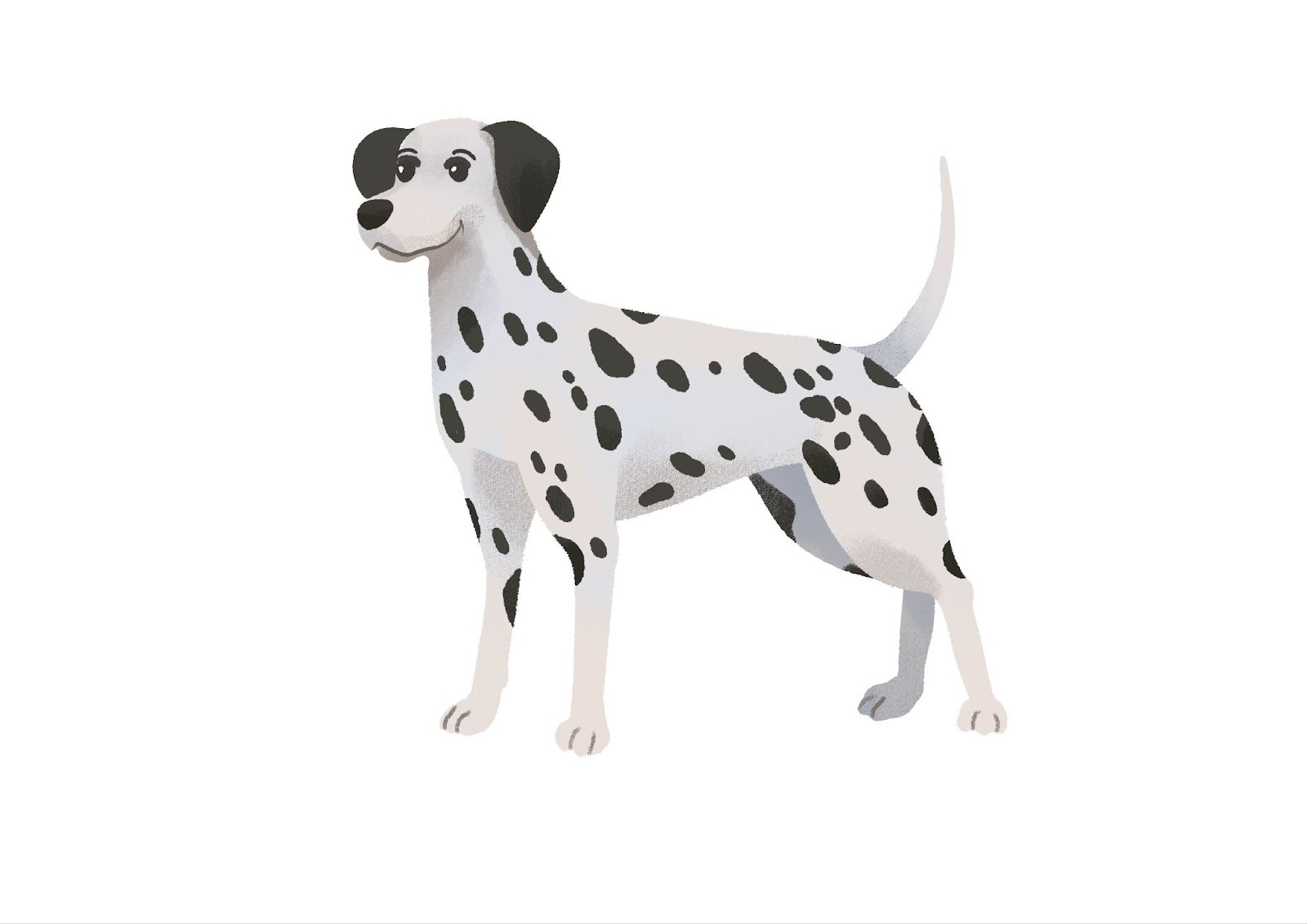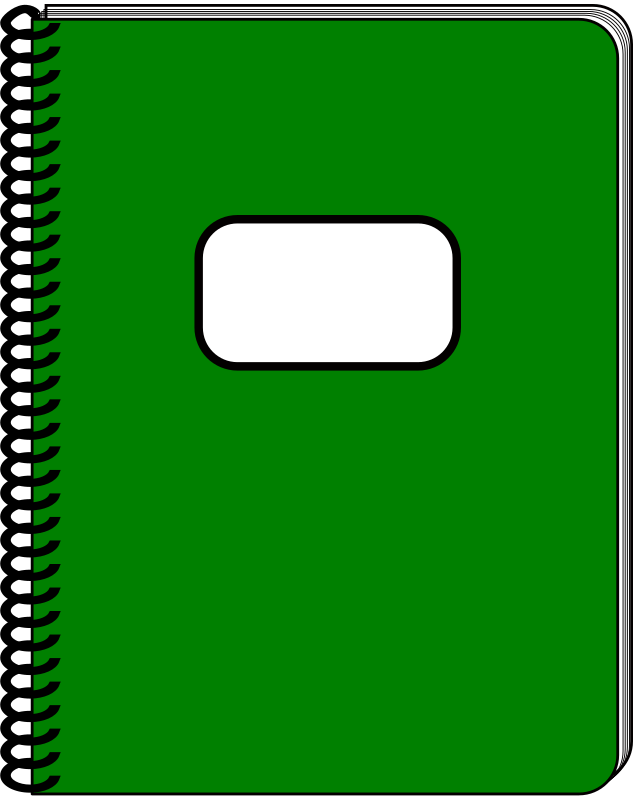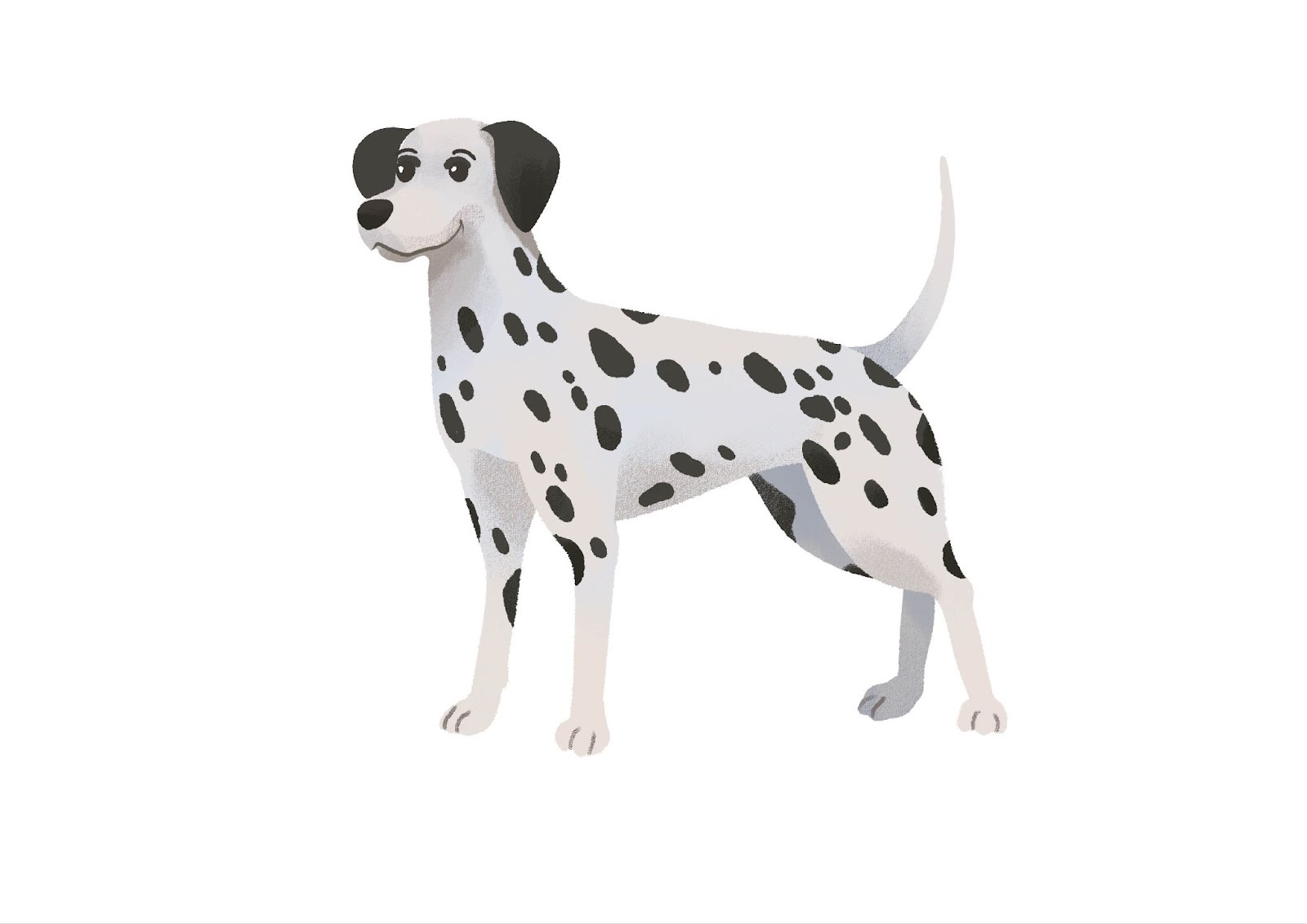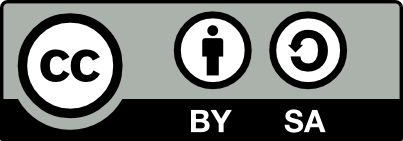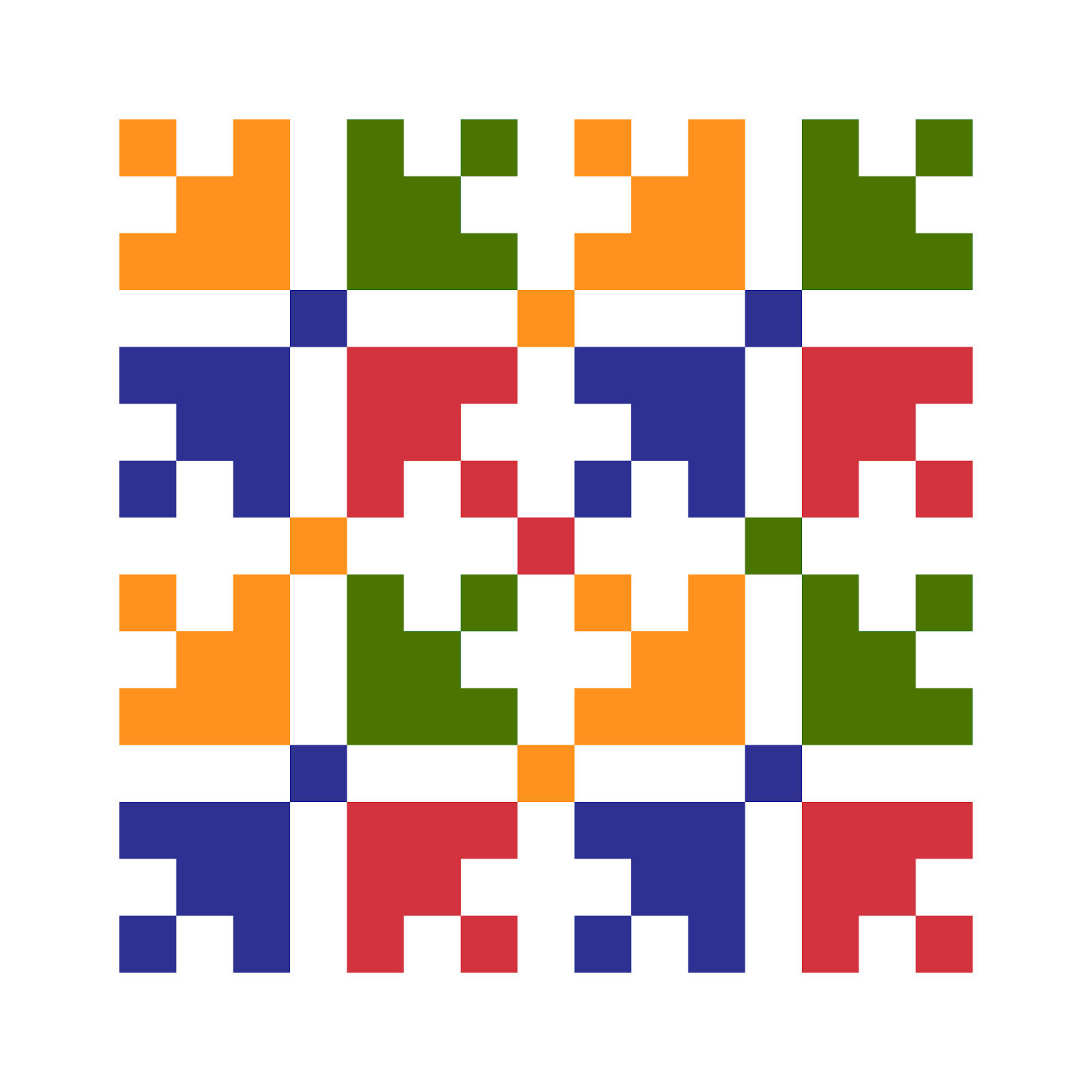C1 M1 L2 Grammar
1 | Modul 1: Gramatika
Moje ime je Bond, James Bond
1 | 1 | Lekcija 2: Kako se zoveš?
| The verb ZVATI SE (to be called)
The verb zvati se in Croatian will always conjugate within a sentence. It will take a certain form based on the subject of the sentence. Just as the verb ‘biti’ conjugates (i.e., it has a specific form for each pronoun), the same happens with zvati se. The form of zvati se can be translated in English as My name is...
For example:
(I am called Ana) My name is Ana – Croatian equivalent would be: Ja se zovem Ana.
In other words, instead of saying I am Tom (Ja sam Tom) – in Croatian, like in English, it is very common to say My name is Tom (Ja se zovem Tom).
Let's look at the forms of ZVATI SE:
SINGULAR | PLURAL | ||||
Ja se zovem. | Mi se zovemo. | ||||
Ti se zoveš. | Vi se zovete. | ||||
On se zove. | Oni se zovu. | ||||
Ona se zove. | One se zovu. | ||||
Since verbs always conjugate, like in the example of ZVATI SE,
Ja se zovem Ana
In Croatian there is a tendency to omit the pronouns with verbs (an exception is with the verb ‘biti’). In other words, the form ZOVEM, in this case indicates (by the ending -em) that it refers to the first person singular (Ja/I). Thus, it is enough to say zovem se… And as you can see – when we omit the pronoun JA, the word order changes.
Ja se zovem Tom. | (goes to / becomes) | Zovem se Tom. |
Question/Answer form:
(Q:) Kako se (ti) zoveš?
(A:) Ja se zovem… (or) Zovem se…
1.1 Zadatak 5. Zvati se
Match the correct form of the verb zvati se. Pay attention to the word order.
1.1 Zadatak 6. Kako se zoveš?
Match the questions to an appropriate answer below:
1.1 Zadatak 7. Kako se zovu?
Look at the following set of pictures and place the correct form of the verb zvati se in a question form.
| Informal communication
Croatian, like many other languages, has both informal and formal forms of address. The choice of which one to use depends on context and the relationship of the people involved. At this point we will look only at the informal form when addressing someone.
If you are in an informal setting, it is possible to ask someone: KAKO SI? Further, with their body language, people will most show/express their openness, closeness, and informality. See pictures below as an example.
When you are talking with someone you know, a close friend, or a family member, you will use informal speech. In other words, you will refer to someone by using the pronoun TI (you, singular form).
If you are in an informal setting, and you meet someone for the very first time, it is possible to ask: Kako se ti zoveš?
But be careful! In official institutions, as well as educational and business environments, you will be expected to use the formal register. You will be expected to address your instructors and other personnel within the educational world in a formal (respectful) way. More about this in the following lessons.
| Greetings
Greetings are also closely related to formal and informal speech. A general greeting indicating part of the day (dobro jutro, dobar dan, and dobra večer) can be used in any situation you find yourself in. However, a greeting like zdravo, hej, or bog/bok should only be used in informal settings with people you are close to.
Hej!
Bok!
| Gender of Nouns (singular)
In English the noun gender is related to animacy, meaning that people are considered different from things. In English an inanimate noun (an object, place, or idea) is usually referred to with the pronoun “it;” a person is always a “he” or “she.” The plural “they” can be either animate or inanimate and can often be used to refer to a single person in English.
In Croatian, the gender of nouns functions differently. All nouns in Croatian belong to one of the three genders: masculine, feminine or neuter, regardless of animacy.
For nouns that refer to things, the gender of a noun has nothing to do with the meaning of the word. Gender for inanimate nouns is only a grammatical category; it is related to how the word ends in its basic (or “dictionary”) form. Figuring out the gender of most nouns will not be difficult; the table below shows how. When you replace a noun referring to an inanimate object with a pronoun, you will need to use the pronoun (on, ona, ono) that corresponds to the noun’s grammatical gender.
Generally, when the dictionary form of the noun ends in: | then the noun is… | and is replaced by the pronoun… |
-ø “zero-ending” – ends in a consonant laptop, mobitel | masculine | on |
-а mama, knjiga | feminine | ona |
-о / -e ogledalo, sunce | neuter | ono |
1.1 Zadatak 8. Rod (gender)
Look at the following three pictures in each task. Choose the correct one in order to complete the sentence. Be sure that your choice is grammatically and logically correct.
1.1 Zadatak 9. Države i rod
Which of the following flags represent the name of a country in masculine gender?
1.1 Zadatak 10. Riječ i rod
Which of the following pictures represent words that are in neuter gender? Click on the image that represents a word in neuter gender.
Answer the following question.
1.1 Zadatak 11. Koji je rod?
Practice some new vocabulary. Below you will find a list of words. It can help you answer the question Što je ovo? (What is this?). While learning the vocabulary, determine also what gender should be associated with each noun.
nebo | selo | šuma | automobil | prozor |
mapa | torba | pismo | jezero | čokolada |
After you answer the question what you see, write muški for masculine gender, ženski for feminine gender, or srednji for neuter gender. Example:
Što je ovo? To je bilježnica. – ženski rod |
1.1 Zadatak 12. Još o rodu
Determine the gender of the nouns listed below. If you need help, refer to the grammar page for gender endings of nouns. Expand your vocabulary by learning new words as well.
All flag images are from https://commons.wikimedia.org and are in the public domain.
All other images used in this document are from these sources.
